
What is the problem?
Many Ukrainian forests burned during fires that were either caused by military actions or could not be extinguished because of them. Trenches appear in the forests, and eruptions from explosions change the landscape. War literally affects all elements of the forest ecosystem.
It is known that sappers will clear the forests last. Currently, Ukraine is the most mined country in the world, and it will take decades to get rid of this unpleasant title. But we must be careful in the future: even in the 21st century, Second World War unexploded shells are found in the forests, so even after 60 years, we can still hear the echo of russia's war. And not only because of mining.
For example, many trees have been split by projectiles — Ukrainian ecologists even demonstrate one of these samples in the Ukrainian pavilion of the 27th Conference of the Parties to the United Nations Framework Convention on Climate Change (COP27). Such trees cannot be used in logging, as it is dangerous: saws can spoil if they come across a cut projectile in the wood.
Earlier, we already told how the forest mining issue would be solved. Some areas, following the example of European countries after the Second World War, may become closed to visitors and forestry activities. They usually receive a special category and become exclusion zones. And in this material, we will tell what exactly will happen to nature in such forests.
What is the solution?
Rubryka visited Mizhrichynskyi Regional Landscape Park and learned what would happen to the forests 10, 20, and 60 years after the end of hostilities. During the walk with Andrii Sahaydak, the founder of the Mizhrichynska Pushcha Nature Center, we strolled through the forest landscapes where military exercises were held 60 years ago.
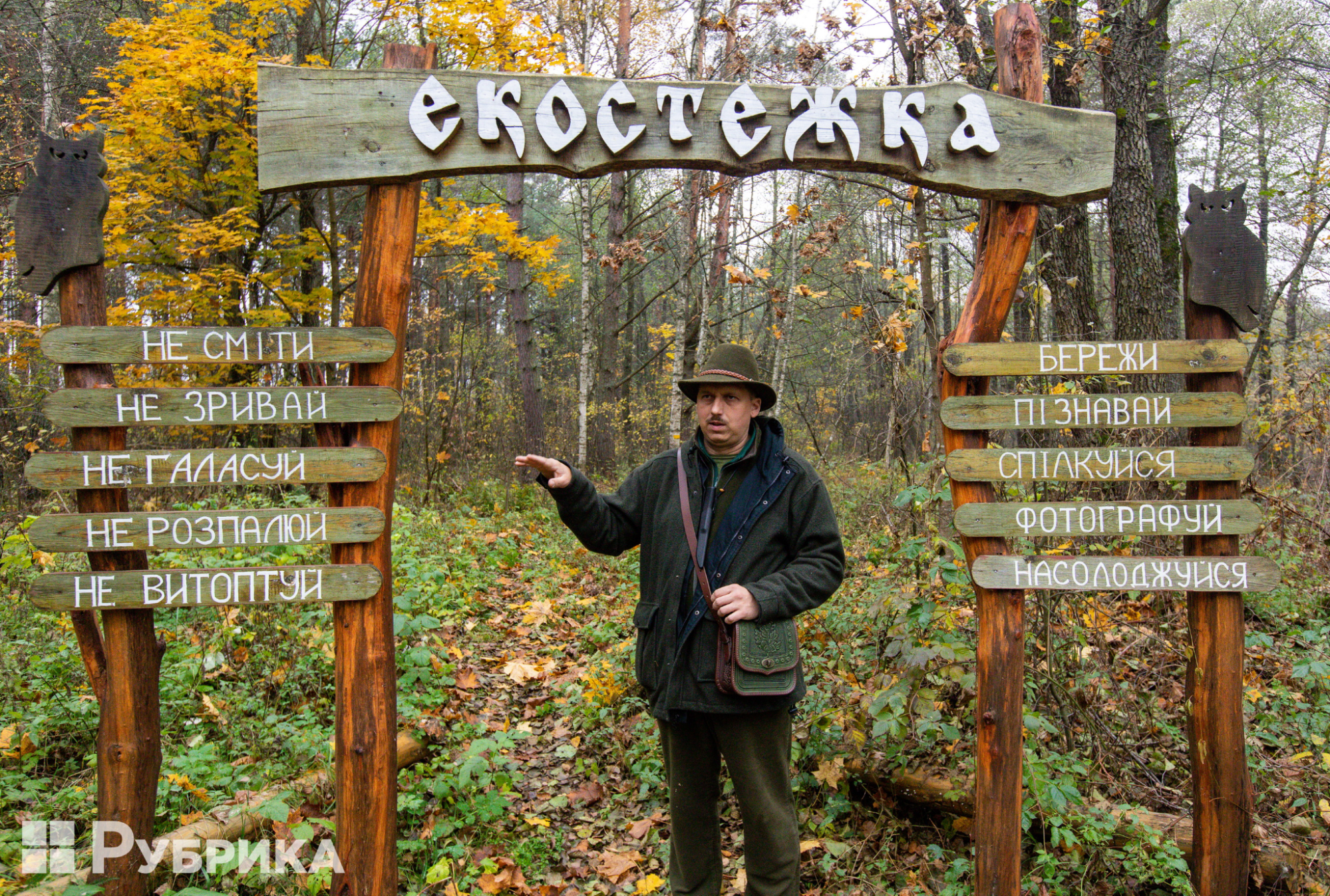
"It is customary to believe that military actions taking place in forests are harmful to the environment, and it is so. But there is a but. You can see a certain positive in everything," Andriy says. So, we will tell you exactly where.
New landscapes for forest dwellers
"The projectiles really cause damage," Andrii Sahaydak says. "But the years pass, everything slowly overgrows, and the so-called belligerent landscapes are formed."
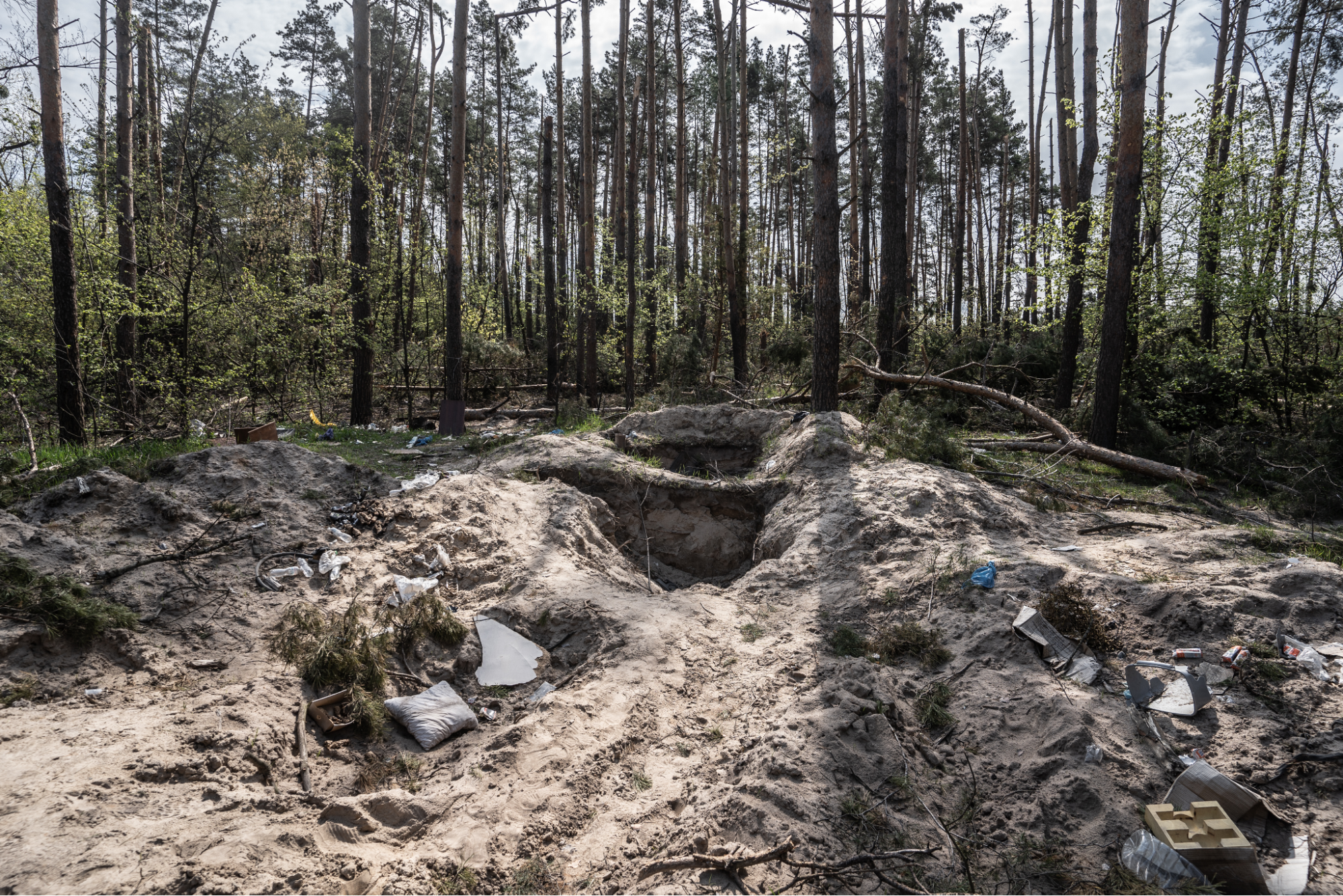
Photo: Serhii Korovayny / WWF-Ukraine
Belligerent landscapes are those that are formed under the influence of military actions. Ancient settlement sites and fortifications formed such landscapes aforetime, and now they are formed by trenches and dugouts.
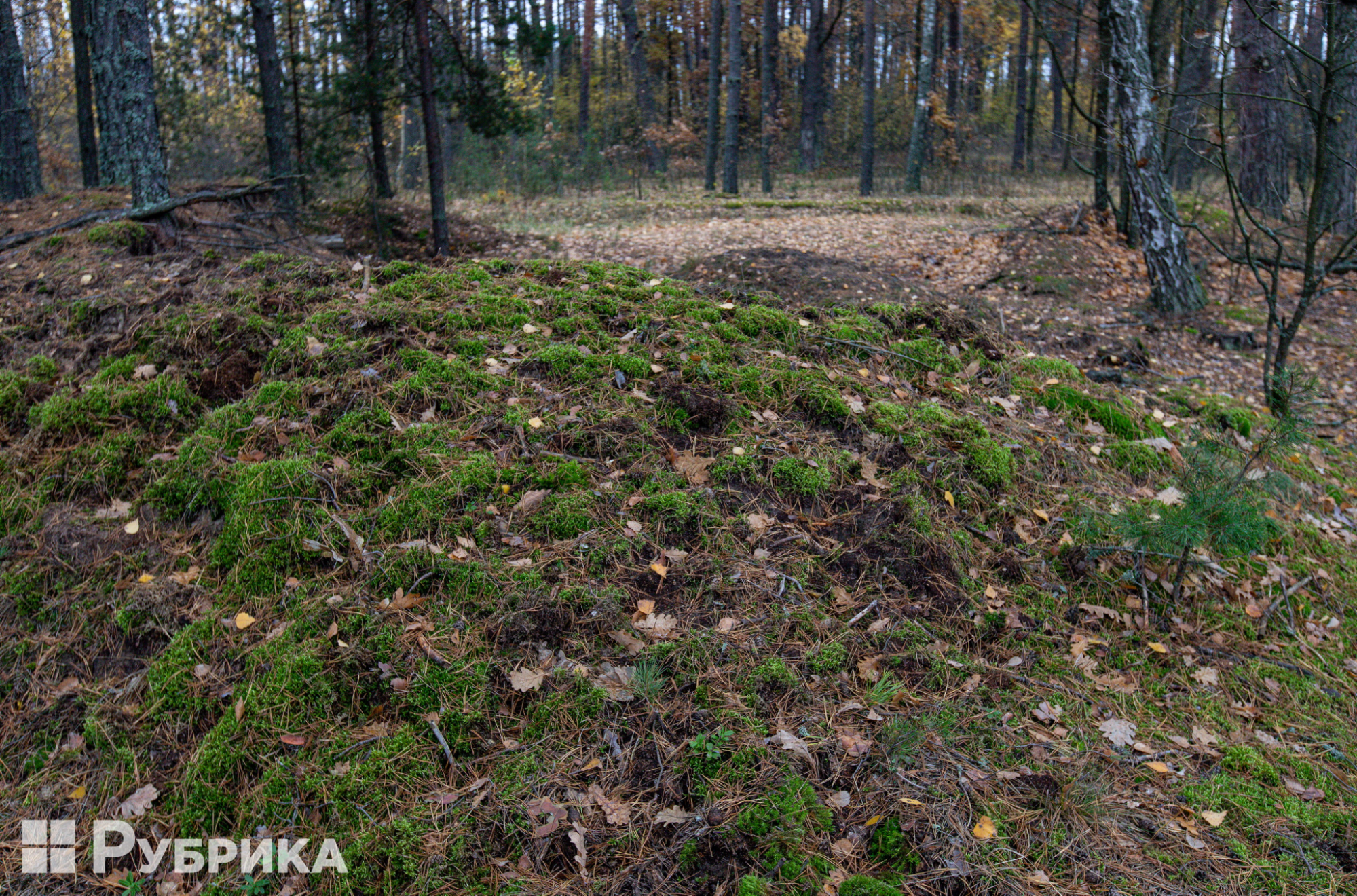
We were just passing by one, and if Mr. Sahaidak had not drawn our attention, we would never have understood how such strange landscapes appear in the forest. It looks like the small mounds have always existed, and the trench can be confused with the former streambed.
"This large niche is a caponier dug for military equipment sometime in the 60s," Andrii draws our attention. "New ecological niches are formed on belligerent landscapes. For example, foxes or badgers really like to dig in the slopes of trenches because it is more convenient for them than at ground level. Nature recovers and heals the wounds inflicted by man. Ecosystems are not completely destroyed," Andrii gives us hope.
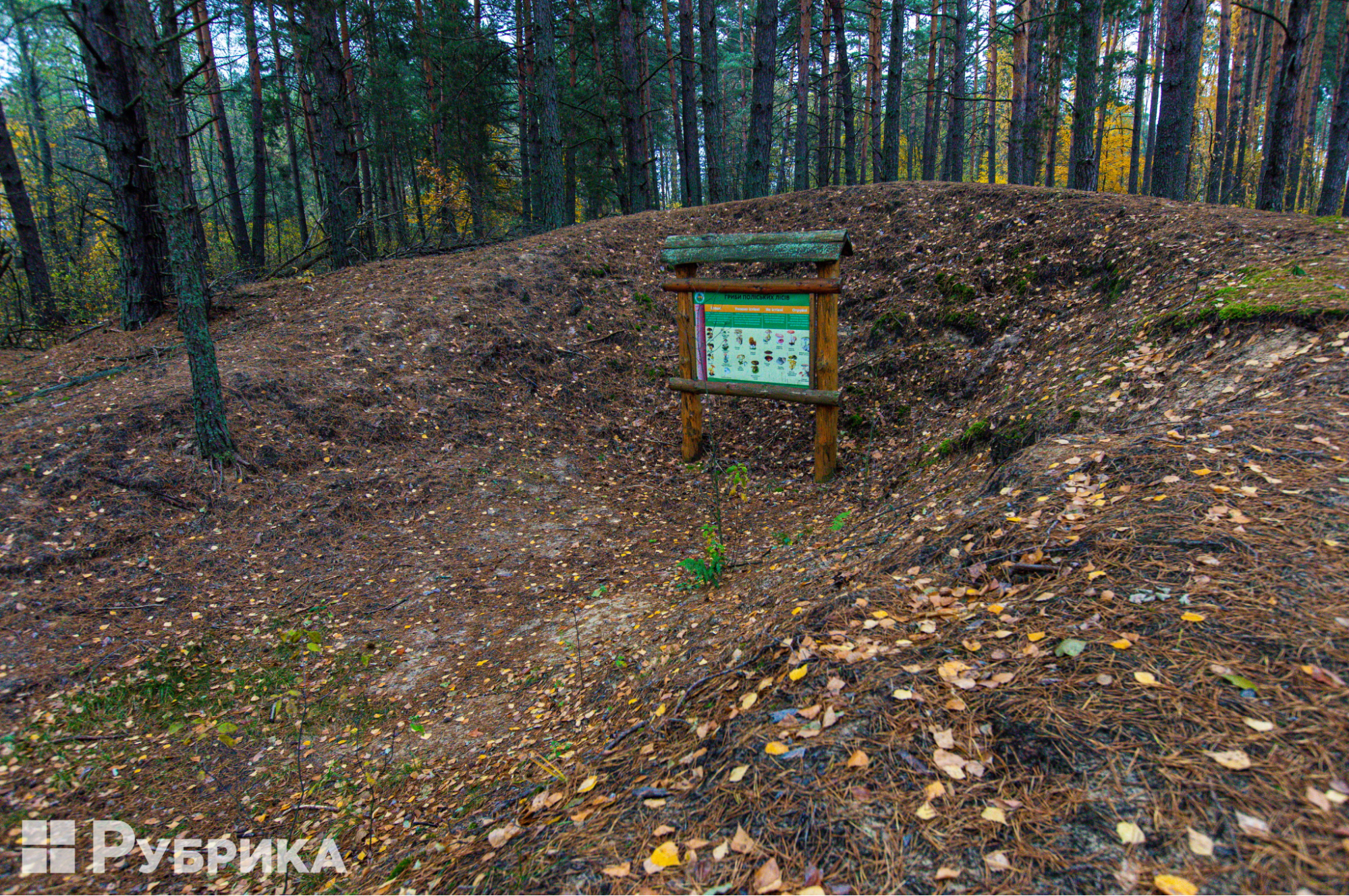
It will take several decades for nature to completely recover and look natural in a place where fierce battles were fought. But even after 3-4 years, it will be possible to see the first results.
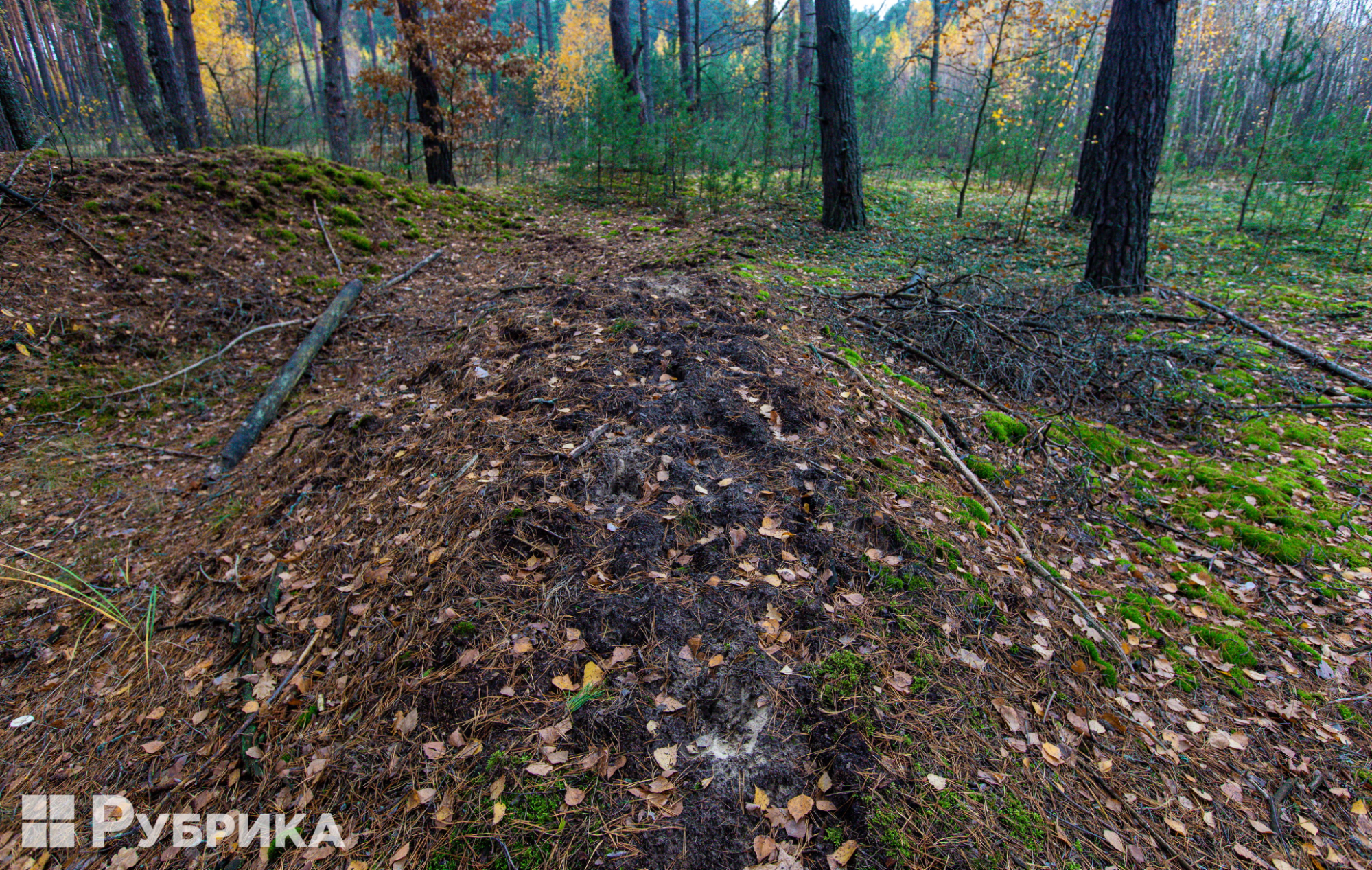
Forests will recover and become more sustainable
According to data from the Eastern European Fire Monitoring Center, as of September, since the beginning of the full-scale war in Ukraine, fires have spread over a total area of 2.4 million hectares, of which 1.5 million hectares (64%) are in the territories with military operations and occupied territories. Before the full-scale war, the annual area of fires in Ukrainian forests reached a maximum of 10 thousand hectares. In 2020, which was catastrophic in terms of forest fires for our country, the fire covered more than 160 thousand hectares. And this year, when there were no such droughts and such a level of fire danger, fires affected 330 thousand of hectares of forests. That is, it is twice as much as in the critical year of 2020 and almost 30 times more than in previous periods.
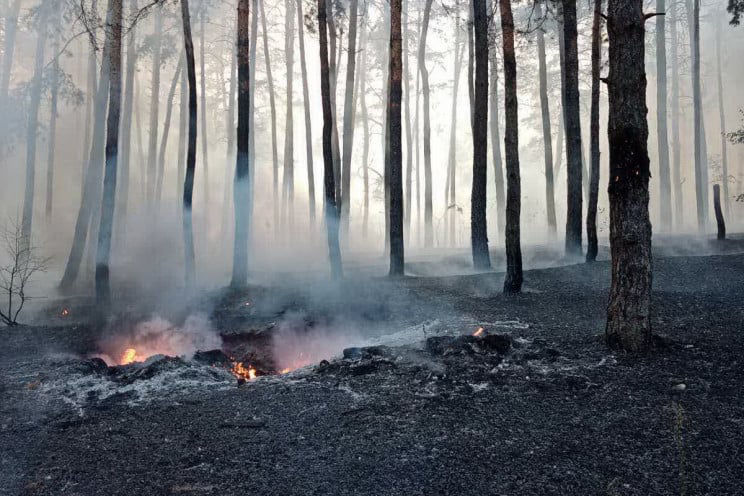 Mykhailo Bohomaz, the head of the "Forests" department of the WWF-Ukraine, says that if the year is rich in seeds, then next year, the forest will begin to recover on its own actively — sustainable growth will start to appear. And if this forest is not interfered with, then in 50-100 years, there will be a natural forest resistant to fires and climate changes.
Mykhailo Bohomaz, the head of the "Forests" department of the WWF-Ukraine, says that if the year is rich in seeds, then next year, the forest will begin to recover on its own actively — sustainable growth will start to appear. And if this forest is not interfered with, then in 50-100 years, there will be a natural forest resistant to fires and climate changes.

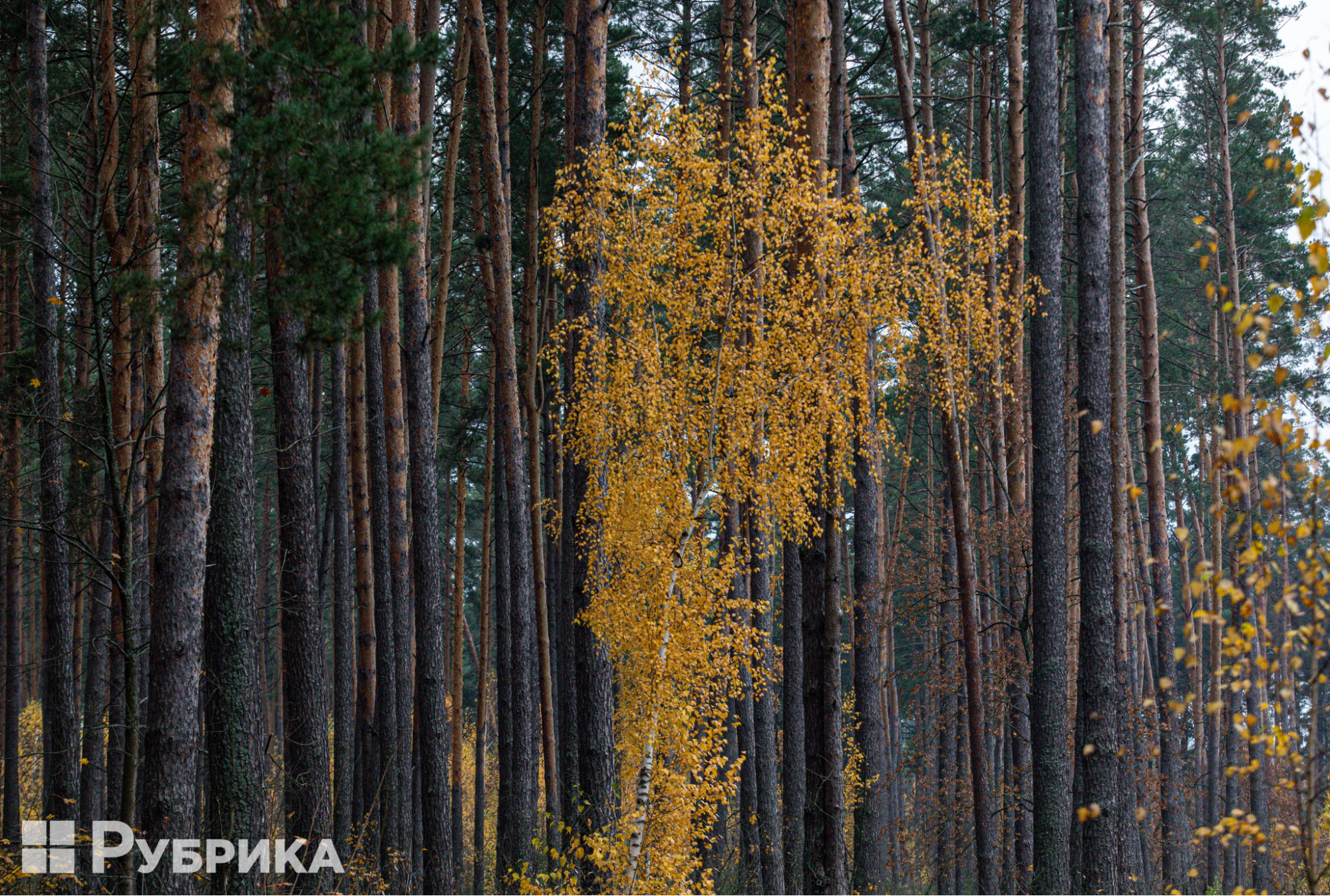
"The new forest will be more adapted to modern conditions, particularly to potential future fires — there will be a change in ecosystems. At most, if the forest was artificial, for example, from pine plantations, then a mixed forest would begin to grow in its place because there is no regeneration of a single species in the fires. On the contrary, appear all species whose seeds are nearby," the expert explains.
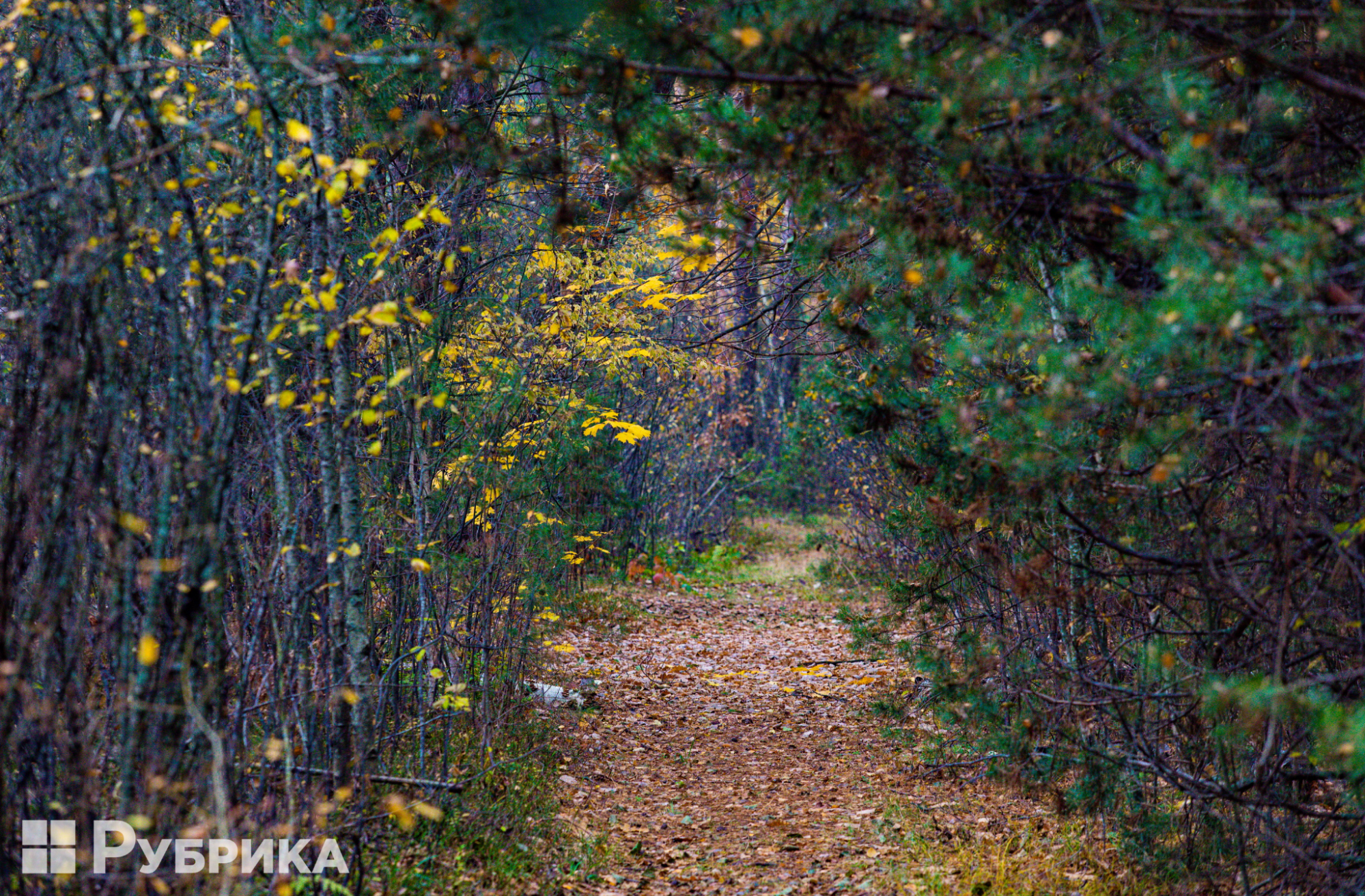
Equipment in the forests, what will happen to it?
When talking about forests, it is essential to remember that animals are also an important part of the forest ecosystem. Ostap Reshytylo, a candidate in biological sciences, zoologist, and WWF-Ukraine project manager claims that bison, moose, deer, roe deer, and wild boar suffer more than all animals from landmines.
"There are known cases of the death of such animals due to mines. Carnivores die to a lesser extent because they are cautious. All animals suffer from war, only to varying degrees. After all, war has different effects on different populations and species: direct death of species, indirect — through the destruction or pollution of habitats; many animals are forced to change their usual behavior, habitat, life or seasonal cycles, etc.," the expert explains.
Burnt military vehicles and other equipment also remain in the forests for some time.
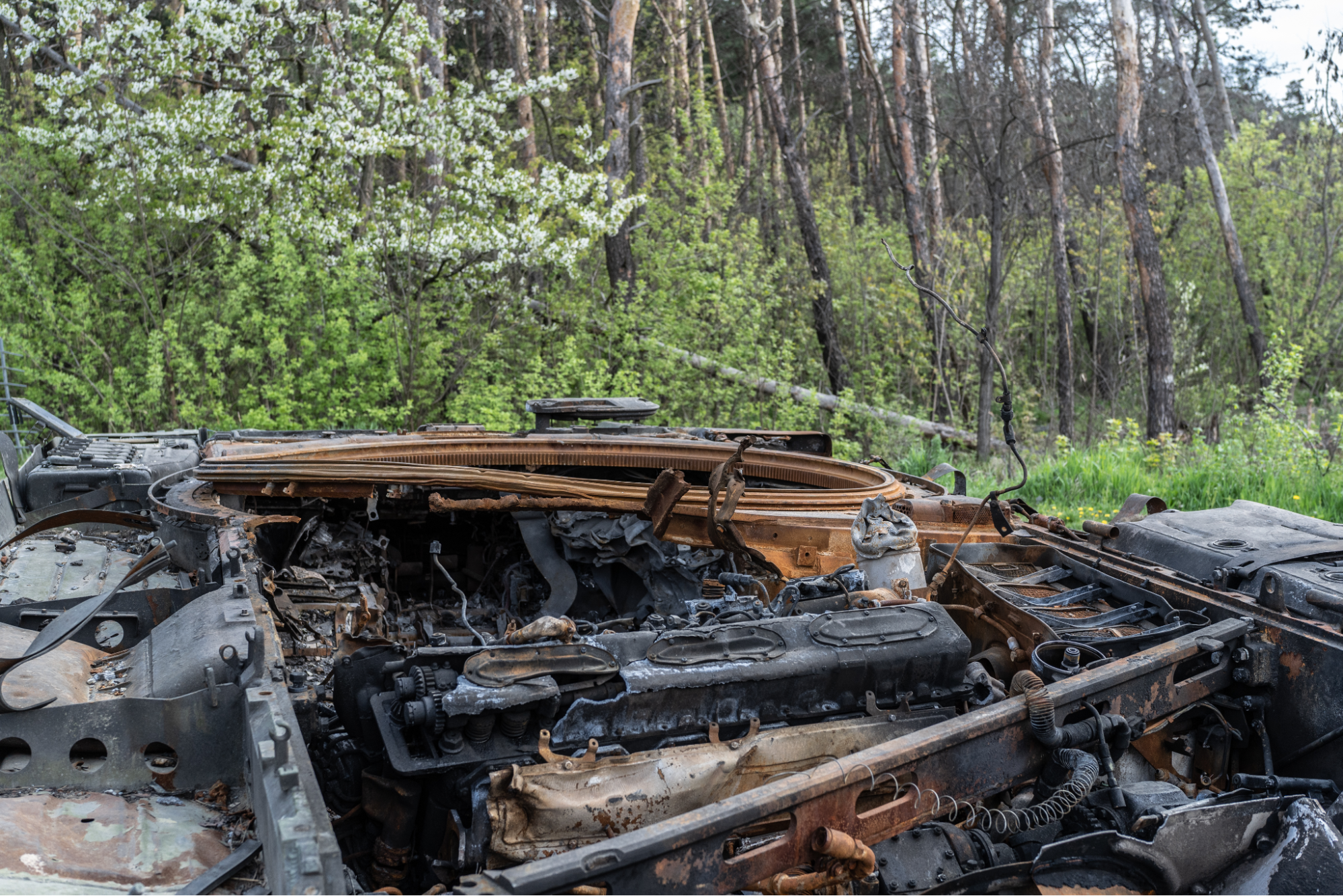
Photo: Serhii Korovayny / WWF-Ukraine
However, metal is a valuable resource, so completely destroyed equipment does not stay in the forests for a long time but is sent for reprocessing. And equipment that is in the forest temporarily does not pose a danger to animals. Ostap Reshytylo states:
"Abandoned equipment is not dangerous if it does not pose a direct threat to animals due to an explosion, scare, contamination with fuel and lubricants or other substances. If it's just a new artificial object in the ecosystem, the animals will get used to it and maybe even find some benefit in it. For example, use it as a hiding place for nesting or hibernation," the expert says.
All this proves again: the incredible power of nature can restore anything, and the biggest and most important thing we can do now to preserve the picturesque Ukrainian regions is to stop the war. Of course, with Ukraine's victory.







